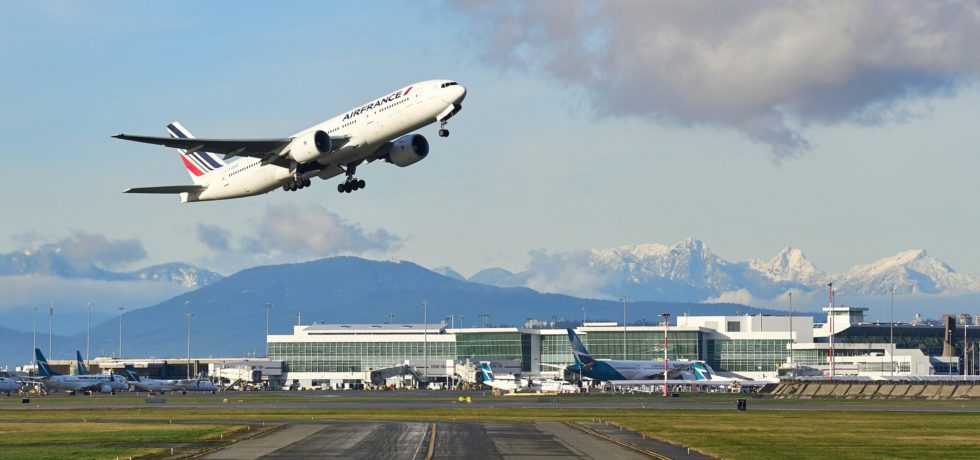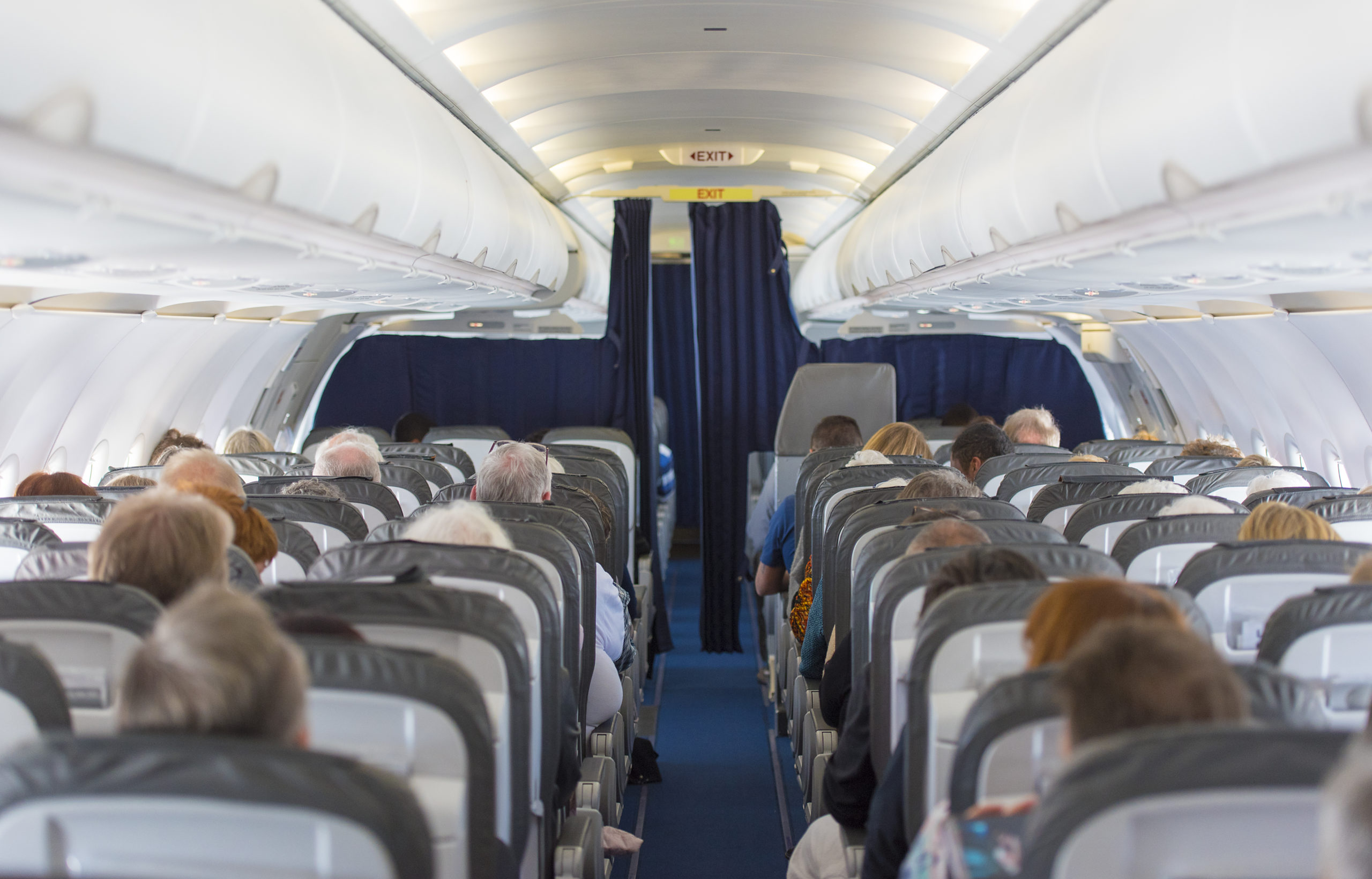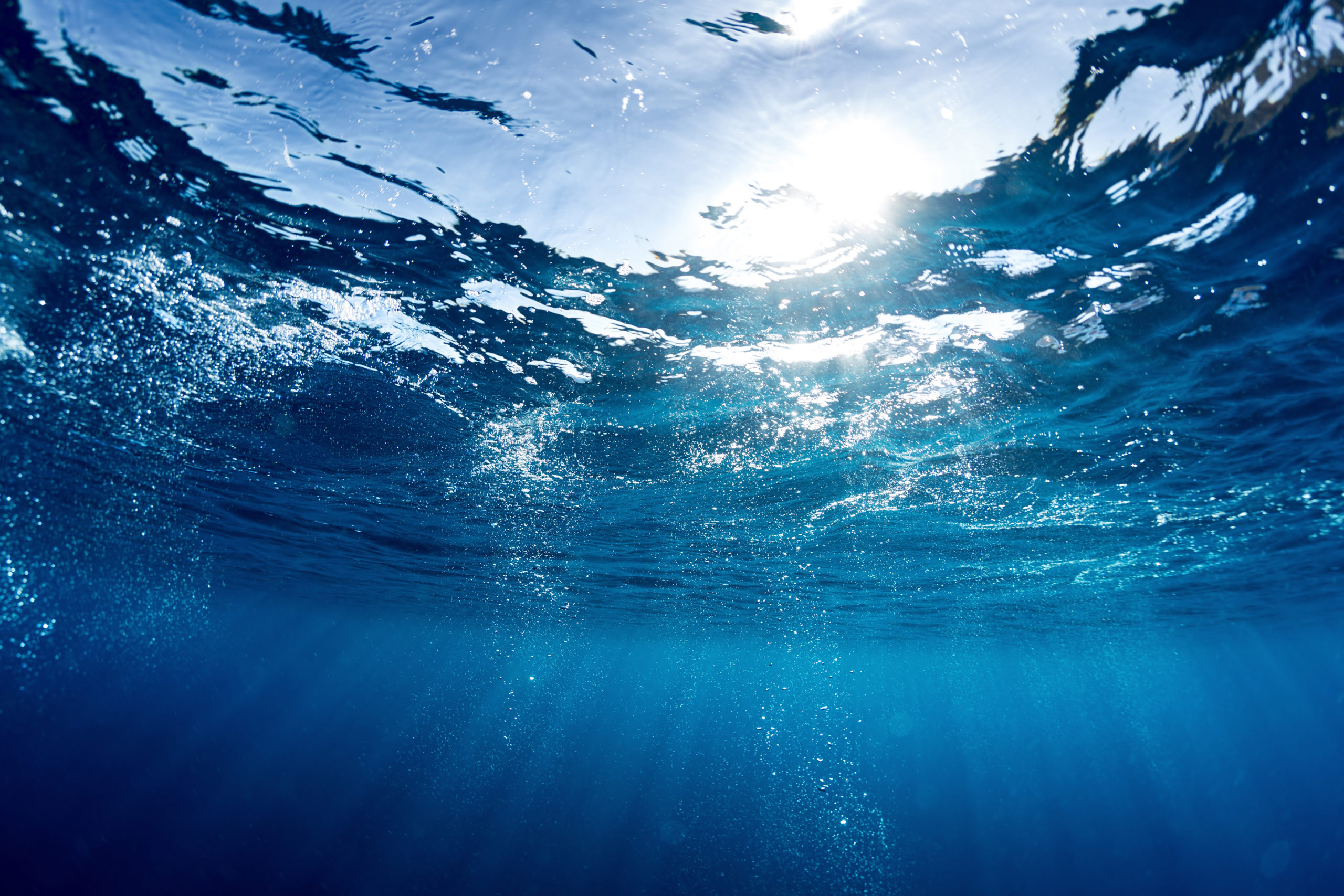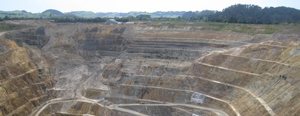Category
- KIM Projects
- Projects
While many view airports as just another way to travel, they are much more than that. They are a hub of economic benefits. For instance, in 2016, a study conducted by InterVISTAS Consulting noted that Canada’s airports had contributed $19 billion in GDP and generated over 350,000 jobs. And they did this all while serving 140 million passengers. Other regions have reaped similar benefits. In 2015, Europe’s airports generated $675 billion in GDP and supported 12.3 million jobs. And in 2018, the Asia-Pacific region’s airports generated $944 billion and 46.7 million jobs.
It all goes to show how crucial airports can be to the economy, especially in the case of the Vancouver International Airport (YVR). Listed as the second largest and busiest Canadian airport, YVR generated over $279 million in operating revenue in 2020. They also handled 278,500 metric tons of cargo traffic in 2021 despite the earlier impact of the pandemic. And two years ahead of their forecast, they had already gone over their 2020 goal of serving 25 million passengers.
But YVR couldn’t keep up with their current growth forever. They knew that they needed an airport terminal expansion and that they’d have to approach it successfully the first time, and that’s where Kryton’s support came in.
It All Started with Increasing Passenger Growth
YVR’s record-breaking passenger growth had been an increase of a little over 7%. That was a huge leap, and one that happened in part due to YVR’s airline partners. After all, a number of them had been expanding their services at the time. One of which was Air Canada who had chosen YVR to be their premier transpacific hub. All of which had boosted YVR’s own intake of passengers.
That growth wasn’t expected to die down either, so YVR’s owner, the Vancouver Airport Authority, set about planning a new airport terminal expansion.
Now known as the Pier D expansion, this project was designed by multiple engineers and architects to increase YVR’s overall capacity. As a result, it included eight wide body gates, where four of them would be bridged to increase the number of planes YVR could hold. That would make it possible for the airport to even host larger aircraft like the A380, which has a wingspan of 79 m (260 ft). The other four gates would be remote stand operation gates. With those, YVR would have more space for buses to transport passengers around the airport.
But the expansion wouldn’t focus solely on capacity increases. There were also plenty of passenger-centric features. These included a private nursing room, a pet relief area, vision strips designed by a Musqueam artist, refill stations for hot and cold water bottles, a pond water feature, and plenty of outlets and charging stations.
Such additions made this expansion the largest YVR would undergo since 1996.
And to bring it all to life, the Vancouver Airport Authority would need a team of dedicated construction professionals.
That Led to the Formation of Multiple Building Teams
Once the Vancouver Airport Authority’s fully developed design went to tender, a few different contractors won the bid to manage different parts of the design. These consisted of Jacob Bros Construction, EllisDon, and PCL Construction. All of which were prepared to do their part.
And It Could Have Easily Stopped There for the Airport Terminal Expansion
There was just one major concern standing in the way of constructing the airport terminal expansion: the sea level. For some time, the engineers working on the design of the project had been concerned about it. They knew that because YVR is located in Richmond, Canada, it was quite close to sea level. And that made water ingress a very real threat to the expansion’s structural integrity.
That’s why early on, the engineers decided that they would all agree to work with one waterproofing design. And it didn’t take them long to think of a worthy candidate. Recalling that Kryton had made YVR’s underground baggage tunnel development a success, they were confident in agreeing to work with Kryton for all high-risk areas of the expansion.
But They Had Krystol® Waterproofing Technology at Their Side
With Kryton’s involvement, the teams had access to permanent high-quality waterproofing solutions. These consisted of Krystol Internal Membrane™ (KIM®), Krystol T1®, and the Krystol® Waterstop System.
The First of Which Helping the Airport Terminal Expansion Was KIM
With KIM, the construction teams could integrally waterproof their concrete. All they needed to do was add the admixture to the concrete mix. That would allow the Krystol technology from the admixture to fully permeate the mix. And in turn, the concrete would gain the ability to chemically react to any incoming water.
From then on, any time the treated concrete encounters water ingress, it will form interlocking crystals that fill up surrounding capillary pores and micro-cracks. That stops water from passing through the surface of the concrete, protecting the concrete and its interior from water ingress without the need for easily torn external membranes.
It’s a permanent feature that will last for the life of the concrete structure as Krystol technology never deteriorates and instead becomes more and more watertight over time.
Aiming to leverage such waterproofing, the teams chose to apply the admixture to the expansion project’s pond water feature, elevator and escalator pits, utility chambers, sumps, and planter pit.
The Next Was Krystol T1
Krystol T1 would offer similar benefits to KIM. But it would do so through a surface-applied format. That way, the teams could introduce even more Krystol protection to concrete that was already placed. And they did so by lining the elevator and escalator pits with Krystol T1.
Then, Lastly, the Krystol Waterstop System Protected the Rest
Of course, even with the help of high-quality waterproofing protection like KIM and Krystol T1, the project would still not be fully protected. After all, the teams also had to consider the concrete joints of the expansion. These could still act as an entryway for moisture.
With that in mind, the teams used the Krystol Waterstop System’s form of triple protection. That meant applying Krystol Waterstop Treatment™, Krytonite™ Swelling Waterstop, and Krystol Waterstop Grout™.
To start, the teams applied the treatment around the joints, creating additional waterproofing and protecting the rebar within the concrete from corrosion.
Then, they installed the waterstop. That added another barrier between the concrete joints and water ingress, ensuring that if the waterstop did encounter water, it could swell enough to compressively seal the construction joints from harm.
To cap off this protection, the teams then applied the grout, which was great for providing fiber reinforcements, minimizing the chances of the treated concrete shrinking or cracking.
What’s More, They Even Had Access to the Krystol Assurance Program™
Kryton’s waterproofing system wasn’t the only reason why the engineers chose a Kryton-centric waterproofing design for the airport terminal expansion. There was also the Krystol Assurance Program (KAP).
With KAP’s support, the construction teams would have fewer risks to worry about when it came to waterproofing. Kryton would instead shoulder that burden for them, offering a 10-year labor and material warranty for leaks. That way, if the waterproofing system ever gave way to leaks within 10 years after construction, Kryton would supply the materials and labor needed to repair them free of charge.
On top of that, Kryton would provide an in-depth design review and site training and inspections throughout the construction process to ensure workers could install the waterproofing system as optimally as possible.
It all helped to drastically reduce the risk of the expansion, increasing the appeal of a fully Kryton waterproofing design and easing any water ingress concerns.
Thanks to Kryton-Exclusive Advantages, the Airport Terminal Expansion Was a Success
With the ability to permanently waterproof with Kryton’s waterproofing system and reduce risk with KAP, the project teams were able to successfully complete the construction of YVR’s airport terminal expansion in January 2021.
It was a significant accomplishment as they were put on a several-month-long pause in 2020 at the peak of the pandemic. And while the expansion didn’t open right after completion due to the ongoing impact of the pandemic, it was more than ready for passengers once the teams were done with its construction.
By the time YVR had overcome the worst of it, its expansion gave it more capacity than ever before in a safe, dry environment. That allowed the airport to continue contributing to Canada’s economy and taking passengers to where they need to go.












